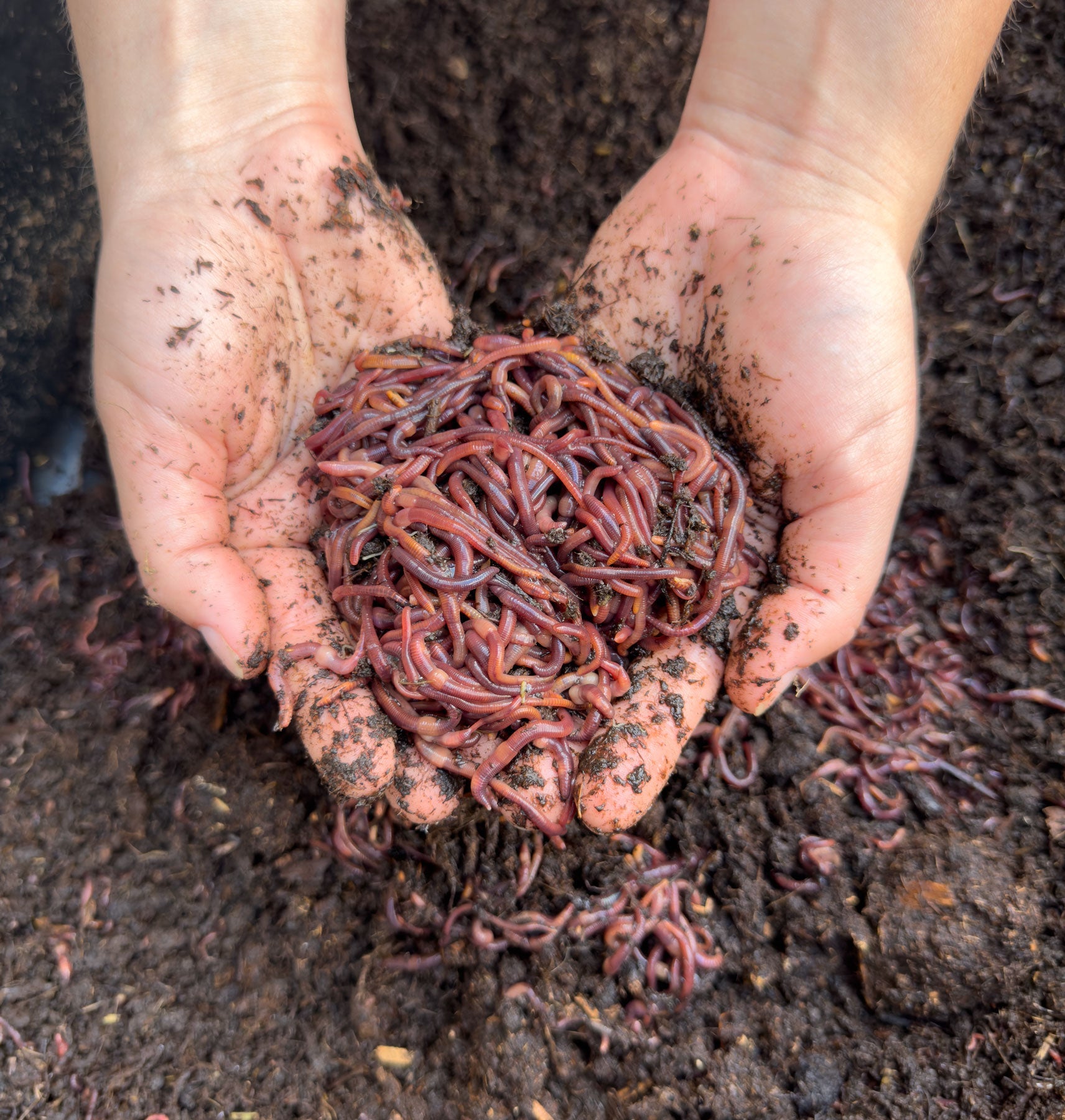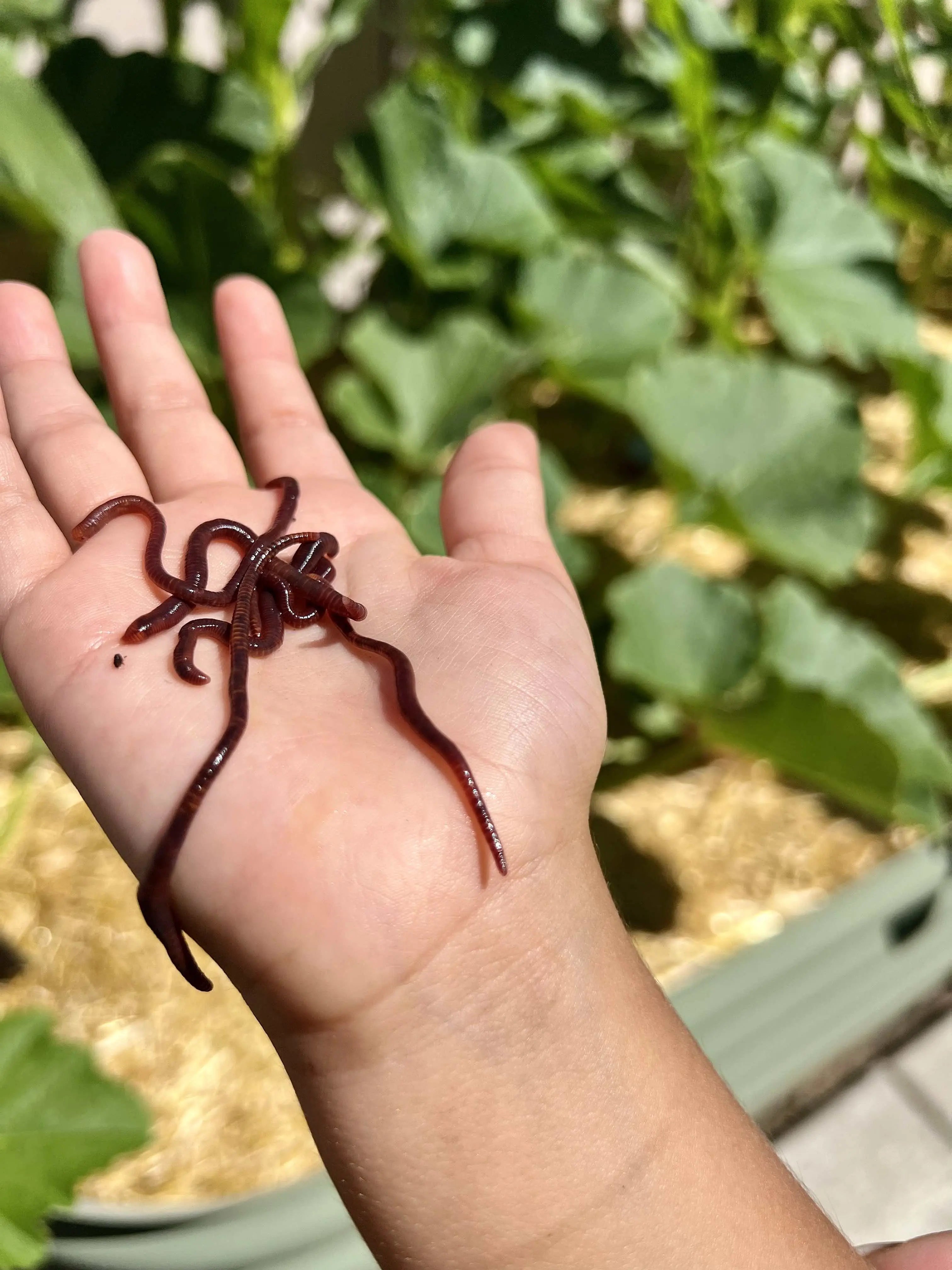Red Wiggler Express: A Trusted Name for Worms and Angling Needs
Red Wiggler Express: A Trusted Name for Worms and Angling Needs
Blog Article
Red Wigglers: The Unsung Heroes of Organic Waste Recycling
Red wigglers, or Eisenia fetida, offer as important representatives in the natural waste reusing procedure, transforming discarded materials into important vermicompost. As the world progressively seeks solutions to battle waste buildup and enhance agricultural productivity, recognizing the role of these worms comes to be necessary.
What Are Red Wigglers?
The amazing resilience of red wigglers, scientifically referred to as Eisenia fetida, emphasizes their crucial duty in organic waste recycling. These tiny, reddish-brown earthworms are normally located in decaying raw material, such as garden compost heaps and manure stacks. Lake Hickory Bait. Unlike other earthworm varieties, red wigglers thrive in nutrient-rich atmospheres and are very reliable at breaking down natural products, making them important for vermicomposting

(Red Wiggler Express)Along with their role in waste decrease, red wigglers add to soil health and wellness by enhancing soil framework and aeration with their delving tasks (Lake Hickory Bait). Their presence in composting systems not only improves decay rates but also advertises a sustainable strategy to waste management, illustrating their importance in ecological preservation initiatives
Benefits of Composting With Worms
Composting with worms, specifically red wigglers, uses countless benefits that boost both waste management and soil wellness. First, these worms successfully break down organic waste, transforming it right into nutrient-rich vermicompost that enhances dirt. This process accelerates decomposition, enabling a quicker recycling of cooking area scraps and other organic products contrasted to conventional composting techniques.
Additionally, the vermicompost generated by red wigglers is including beneficial microorganisms, which aid enhance dirt structure, aeration, and dampness retention. This improves the overall health and wellness of plants, promoting energetic growth and enhanced yields in gardens and agricultural settings. The use of worms in composting minimizes the manufacturing of greenhouse gases, such as methane, adding to a much more lasting waste management system.

How to Begin Vermicomposting
Developing a vermicomposting system is an uncomplicated procedure that can yield substantial advantages for both waste monitoring and dirt enrichment. To begin, choose a suitable container, such as a plastic bin or wooden box, with appropriate air flow openings to ensure appropriate air movement. The measurements need to preferably be around 2 feet by 3 feet, permitting adequate room for the worms to grow.
Next, prepare bed linen material, which can be composed of shredded newspaper, cardboard, or coconut coir. This bed linens needs to be moistened to create a suitable habitat for the worms. As soon as the bed linens remains in area, present red wigglers (Eisenia fetida) article into the container, typically around one extra pound of worms for each square foot of area.
Adhering to the positioning of worms, include organic waste, such as vegetables and fruit scraps, coffee grounds, and smashed eggshells. Stay clear of including milk, meat, or oils, as these can develop odors and attract pests. Finally, place the bin in a shaded, temperature-controlled area to preserve optimum problems for worm activity. With these steps, you will efficiently initiate a vermicomposting system that adds to sustainable waste administration and enhances your soil.
Maintaining a Healthy Worm Bin
(Red Wiggler Express)Maintaining a worm bin flourishing needs routine attention and care to make sure the health and wellness of the red wigglers and the efficiency of the composting process. Appropriate maintenance begins with keeping track of the dampness degrees; the bin should be moist however not waterlogged. An excellent rule of thumb is to maintain an uniformity comparable to a wrung-out sponge.
Gently mixing the bed linen and food scraps every few weeks prevents compaction and makes sure that all worms have access to oxygen. Additionally, it is crucial to feed the worms appropriately.
If the container comes to be as well warm or chilly, the worms may come to be stressed. By faithfully handling these elements, one can preserve a durable and productive worm bin.
Influence On Sustainable Living
The successful upkeep of a worm container not just profits the wellness of red wigglers but additionally contributes substantially to lasting living techniques. By recycling natural waste, such as kitchen scraps and lawn particles, red wigglers aid divert substantial quantities of product from garbage dumps. This decrease in waste not just decreases greenhouse gas exhausts yet likewise decreases the environmental worry related to waste management.
In addition, the castings created by red wigglers act as a nutrient-rich organic fertilizer, enhancing dirt health and promoting plant development. This natural option to chemical plant foods supports sustainable agriculture and gardening methods, decreasing reliance on artificial inputs that can hurt communities. In addition, worm composting cultivates understanding of waste administration, encouraging people and neighborhoods to take on even more lasting practices.

Final Thought
In recap, red wigglers offer as vital factors to natural waste recycling through their reliable disintegration of natural products. By integrating vermicomposting right into waste management approaches, individuals and neighborhoods can substantially lower waste while advertising environmental sustainability.
Report this page